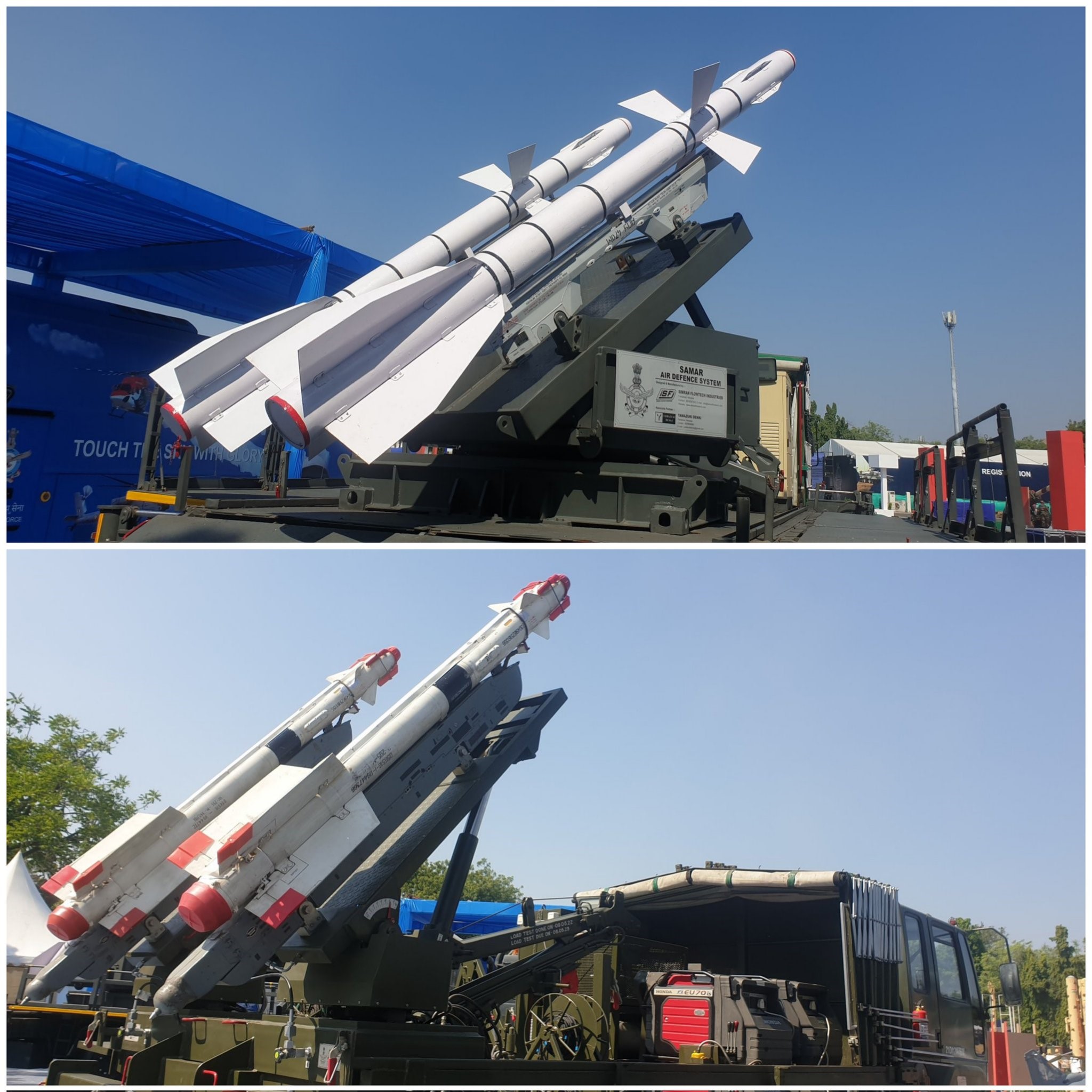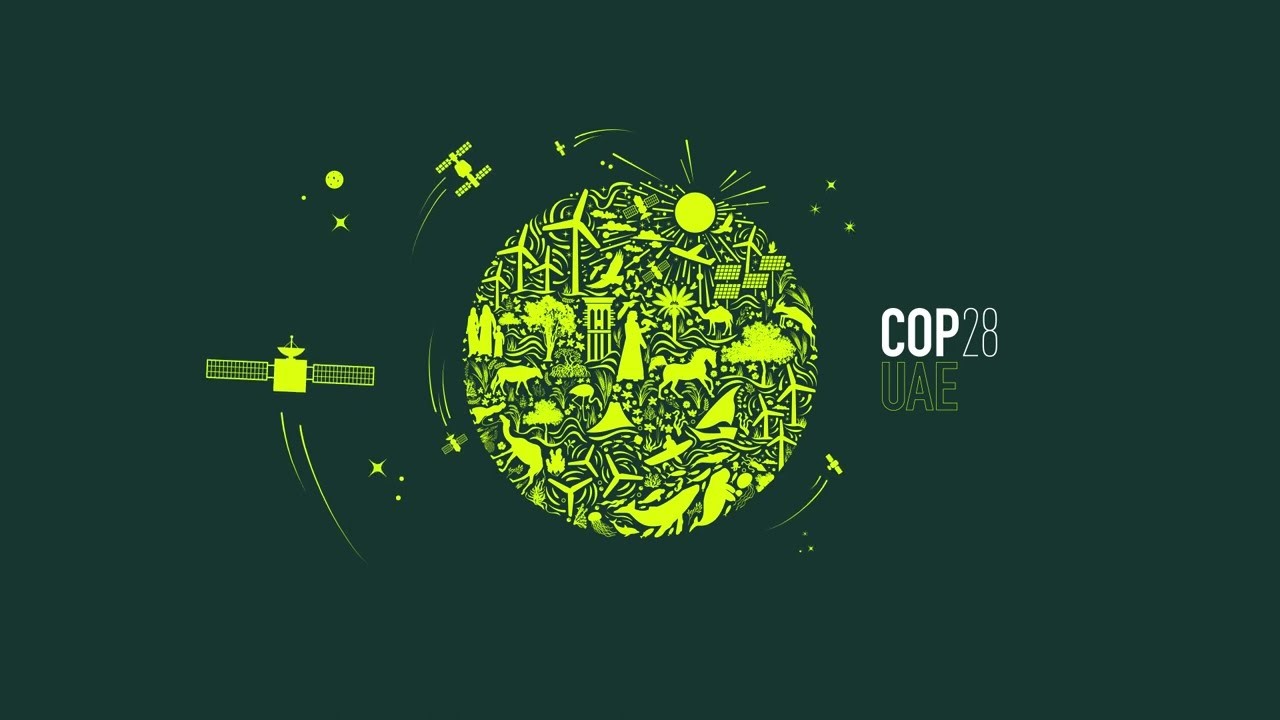Vipasana – The Ancient Buddhist Meditation Practice
Context:
A prominent political figure plans to participate in a 10-day Vipassana meditation retreat in Punjab, choosing to forgo responding to a summons from the Enforcement Directorate.
About Vipassana
Definition: “To perceive things as they truly exist.”
Origins: Rooted in Buddhism, credited to Gautama Buddha, who rediscovered and refined the technique over 2,500 years ago.
Historical Background: Preserved in Theravada Buddhism, particularly in Myanmar, based on teachings found in the “Satipatthana Sutta.”
Method: Mindfulness or insight meditation that concentrates on the interconnectedness of the mind and body through awareness of physical sensations.
Application: Involves observing the natural breath and bodily sensations, recognizing their impermanence, commonly taught in 10-day retreats.
Objective: Self-transformation through self-observation, leading to enhanced mental clarity and insight.
Non-Sectarian Approach: Taught as a universal practice suitable for individuals from diverse backgrounds.
Global Influence: Popularized worldwide by S.N. Goenka and others in the 20th century.
Retreat Availability: Offered globally, often free of charge and supported by donations.
Scientific Validation: Research indicates benefits in stress reduction, mental health improvement, and substance abuse treatment.
Code of Conduct: Encompasses abstaining from killing, stealing, engaging in sexual activity, spreading false speech, and consuming intoxicants during courses.
SAMAR Air Defence System
Context:
In a notable achievement stemming from internal design and development endeavors, the Indian Air Force has effectively conducted a test of its SAMAR air defense missile system.
SAMAR Air Defense System Overview:
Full Name: Surface to Air Missile for Assured Retaliation (SAMAR)
Type: Short-range air-defense system
Developed By: A unit within the IAF’s Maintenance Command
Range: 10–12 km
Target: Low-flying aerial targets
Speed: Missiles operate within the speed range of 2 to 2.5 Mach
Key Characteristics:
– Utilizes the existing stock of Vympel R-73E missiles
– Equipped with a twin-turret launch platform
– Capable of both single and salvo modes
Defensive Role:
Augmenting the IAF’s capabilities alongside the Akash and SPYDER systems, SAMAR replaces outdated systems such as Pechora and OSA-AK.
Outcomes of COP28: Progress and Challenges in Climate Action
Context:
The 28th session of the Conference of the Parties (COP28) took place in Dubai under the United Nations Framework Convention on Climate Change (UNFCCC).
Anticipated Results
Expectations were high for nations to take decisive actions in response to the climate crisis.
Key Areas of Focus
Discussions during COP28 centered on mitigation, adaptation, finance, and the differing responsibilities of developed and developing nations.
Early Progress
Following the establishment of the ‘Loss and Damage’ (L&D) fund at COP27, COP28 focused on its operationalization.
Financial Challenges
Despite the imperative for substantial funding, contributions have been limited, with the U.S. committing only $17.5 million.
Concerns Regarding Administration and Access
Issues related to the World Bank’s oversight of the fund arose, including concerns about access, legal autonomy, and responsiveness to emergencies.
Reduction of Emissions and Transition to Sustainable Energy
Global Stocktake (GST) findings assessed progress towards Paris Agreement goals.
Shift Away from Fossil Fuels
A commitment was made to transition away from fossil fuels in energy systems, with the goal of tripling renewable and nuclear energy capacity by 2030.
Continued Fossil Fuel Use
Despite this commitment, fossil fuels persist in sectors such as plastics, transport, and agriculture.
Transitional Fuels and Fair Climate Practices
The acceptance of natural gas as a transitional fuel was viewed as a compromise on climate justice.
Financial Mechanisms for Climate Action
The GST framework highlighted the responsibility of developed nations in climate finance.
Involvement of the Private Sector
Acknowledgment was given to the role of private investment in addressing financial gaps.
Initiatives for Green Finance
New mechanisms, including a $3.5 billion boost to the Green Climate Fund, were established to support sustainable practices in developing countries.
India’s Perspective on Climate and Health Declaration
The UAE Declaration on Climate and Health, signed by 123 countries, excluded India due to concerns about potential impacts on its healthcare infrastructure and the need to prioritize healthcare requirements.
Global Methane Pledge and India’s Stance
The methane reduction pledge garnered attention with over $1 billion in new grants, but India chose not to participate, focusing instead on carbon dioxide emissions and considering the livelihood implications of methane reduction in agriculture.
Evaluation of COP28: Achievements and Shortcomings
Positive outcomes included the climate and health declaration, emphasis on nature-based solutions, and commitments to sustainable food systems.
Controversial Matters
Persistent disagreements revolved around fossil-fuel subsidies, the role of the World Bank in the L&D fund, and private sector involvement in climate action.
Mixed Results
While there were advancements in renewable energy targets, unresolved issues regarding L&D, fossil fuel use, and transitional fuels indicated ongoing challenges.
Closing Remarks
COP28 demonstrated the delicate balance between ambitious climate goals and the practical realities of economic and social factors.
Sustained Discussion
The outcomes underscore the necessity for continued dialogue and collaboration to address the diverse aspects of climate change and sustainable development.
World Bank’s move on Multilateral Development Banks (MDBs)
Context:
- A task force established by the World Bank is currently examining recommendations aimed at fortifying multilateral development banks (MDBs).
- These recommendations were put forth by an independent group of experts convened during India’s G20 presidency.
Background:
- Originating in the aftermath of World War II, multilateral development banks (MDBs) were initially created to reconstruct war-torn nations and stabilize the global financial system.
- Presently, MDBs play a crucial role in financing projects related to infrastructure, energy, education, and environmental sustainability in developing nations.
Definition of a Multilateral Development Bank (MDB):
- A multilateral development bank (MDB) is an international financial institution chartered by two or more countries with the goal of promoting economic development in less affluent nations.
- Comprising member nations from both developed and developing countries, MDBs extend loans and grants to fund projects fostering social and economic development, such as the construction of new roads or the provision of clean water to communities.
India’s Plan:
- The World Bank has identified eight global challenges that demand attention in the coming years due to their widespread impact and necessity for coordinated efforts.
- The Union Finance Minister of India emphasized the World Bank’s exploration of a coordinated approach in project implementation, particularly focusing on Finance Plus/Budget Plus elements in World Bank-funded projects.
Major Multilateral Development Banks:
Outlined below is a list of major multilateral development banks ranked by total assets:
- European Investment Bank: €555.8 billion ($606.5 billion)
- International Bank for Reconstruction and Development, World Bank Group: $283 billion
- Asian Development Bank: $191.9 billion
- International Development Association, World Bank Group: $188.5 billion
- Inter-American Development Bank: $129.5 billion
- European Bank for Reconstruction and Development: €61.9 billion ($67.7 billion)
- African Development Bank: 33.8 billion UA
- Asian Infrastructure Investment Bank: $19.6 billion
- Islamic Development Bank: 22 billion Islamic dinars ($18.5 billion)
- Central American Bank for Economic Integration: $10.9 billion
- New Development Bank: $10.4 billion
Functioning of a Multilateral Development Bank (MDB):
Multilateral development banks operate under international law, along with other international financial institutions like the International Monetary Fund (IMF).
The World Bank, historically influenced by the U.S., adopts a non-profit-maximizing approach distinct from commercial banks. MDBs prioritize developmental objectives, such as eradicating extreme poverty and diminishing economic inequality.
Their lending practices often involve low or no interest rates, and they may provide grants to support projects in infrastructure, energy, education, environmental sustainability, and other developmental areas.
Global Study on Homicide Report 2023
Context:
The UNODC has published a report on homicide causes, incorporating data from 2021 and 2022.
About:
- In 2021, the global count of intentional homicides reached approximately 458,000, translating to an average of 52 victims per hour, marking an unusually lethal year.
- The African continent reported the highest intentional homicides in 2021, totaling around 176,000 victims, followed by the Americas with 154,000, Asia with 109,000, Europe with 17,000, and Oceania with 1,000.
- Homicide rates per 100,000 population revealed a higher risk in the Americas (15.0) compared to other regions, surpassing rates in Africa (12.7), Oceania (2.9), Asia (2.3), and Europe (2.2).
- Globally, Africa accounted for 38%, the Americas for 34%, Asia for 24%, Europe for 4%, and Oceania for less than 1% of all homicide victims in 2021.
- Brazil and Nigeria, constituting only 6% of the world population, contributed to 20% of the global homicide toll.
- The top 10 countries with the highest absolute numbers of homicide victims collectively represented 58% of global victims, despite constituting only 37% of the global population.
- The increase in homicide numbers in 2021 can be attributed to various factors, including the economic repercussions of COVID-19-related restrictions and an upsurge in gang-related and socio-political violence.
- Available 2022 data indicate a 5.4% decrease in homicides in Northern America, contrasting with an increasing homicide rate over the past decade and a recent surge in the United States.
- Several Caribbean countries experienced a significant increase in homicidal violence in 2021 and 2022, linked to crime, trafficking, access to firearms, ammunition, and the expansion and fragmentation of gangs seeking to control territory.
- Estimates suggest that Africa had the highest absolute number of homicides in 2021, and available data indicate that the homicide rate is not decreasing, making Africa particularly susceptible to homicide, given its young population and persisting inequality gaps.
India Specific Findings:
- Property and Land Disputes in India accounted for nearly 16.8% of murder cases between 2019 and 2021, according to the UNODC.
- Approximately 0.5% or 300 murders in India during 2019-21 were attributed to water-related conflicts, as revealed by the UNODC’s Global Study on Homicide Report 2023.
- Disputes over water access played a significant role in interpersonal homicides outside of families, serving as a prominent driver, as highlighted in the report.
- The report indicates that disputes over water access, exacerbated by population growth, economic expansion, and climate change, have contributed to increased violence.
- The report notes that natural resource scarcity, including water, has an impact on international homicides, citing increased violence due to competition over resources.
- Data from the Pacific Institute shows a significant increase in water-related violence incidents since 2015, particularly in Southern Asia, sub-Saharan Africa, and Central America.
- The report outlines various motives for murders in the interpersonal category, including honor killings, love affairs, illicit relationships, personal vendettas, dowry disputes, witchcraft, psychopathy, road rage, and rape.
- Despite the consistent stability in global homicide counts over the past two decades, the year 2021 stood out as exceptionally lethal, according to the UNODC report.
A report from the National Crime Records Bureau in 2020 revealed that at least 232 Indians lost their lives in water-related conflicts in 2017-19, with a doubling of such crimes in 2018 compared to 2017.
GREENWASH
Context:
The recent prohibition on advertisements by Air France, Lufthansa, and Etihad in the UK was due to allegations of ‘greenwashing.’ The companies were accused of misleading customers by overstating their environmental initiatives.
Definition of Greenwashing:
- Greenwashing is a deceptive tactic employed by companies or entities to create a false impression that their products, services, or actions are environmentally friendly or contribute to emission reduction.
- This practice often includes deceptive advertising, the use of environmental imagery, or the highlighting of sustainable aspects while concealing activities that are environmentally harmful.
- It entails suggesting eco-friendly practices without providing supporting evidence and playing down negative environmental impacts while emphasizing positive aspects.
- Greenwashing misleads environmentally conscious consumers and shifts focus away from genuine sustainability efforts, impeding progress in mitigating environmental damage and reducing carbon footprints.







